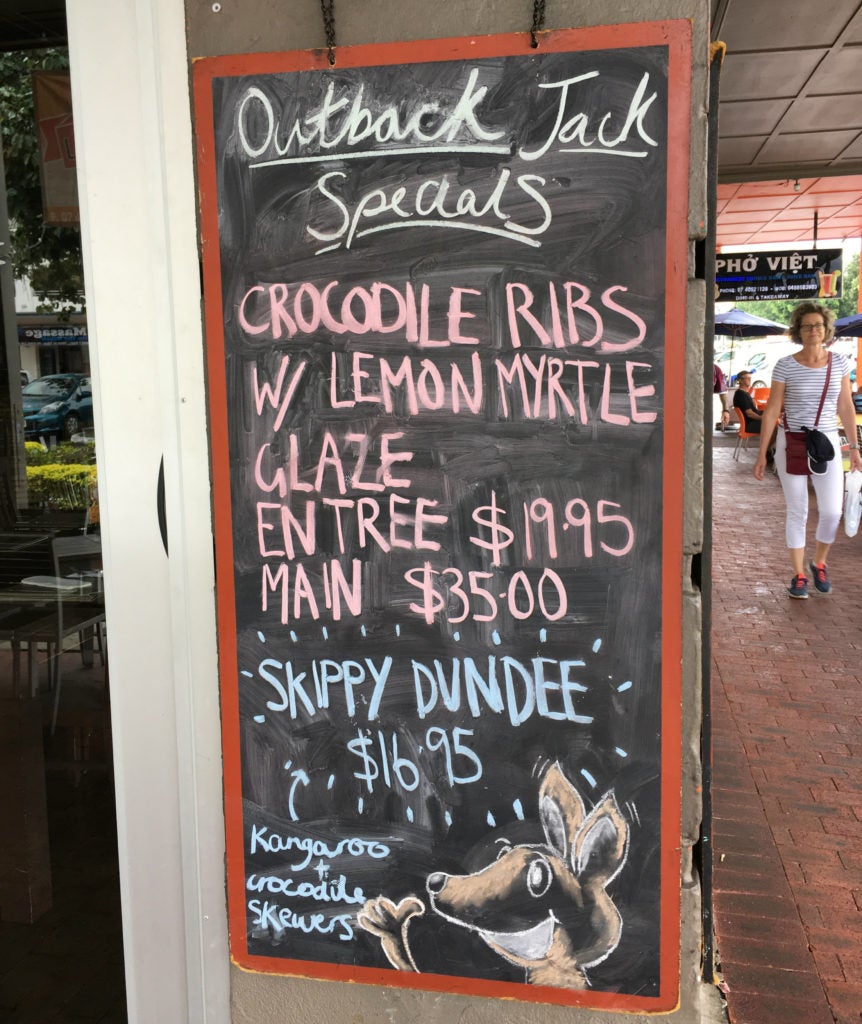NASA Earth Blog #7
G’day from Australia!
With the successful June campaign readiness tests in Hawaii behind them, NASA’s Coral Reef Airborne Laboratory (CORAL) team has rolled up their sleeves and are now hard at work shedding new light on our understanding of Earth’s coral reef ecosystems. The team’s first stop: Australia’s majestic Great Barrier Reef, the world’s largest reef ecosystem.
For this NASA Earth Expeditions reporter, the first thing I learned is that getting to Oz isn’t as easy as clicking your heels. I quickly grasped a new appreciation for just how vast the Pacific Ocean is: a 15-hour flight from LA, literally heading into the future, 17 hours ahead of when I left. After arriving in Sydney, it was another almost three-hour flight up the coast of Queensland to Cairns (pronounced “Cans”).

Yet as long as my travel odyssey was, it was even longer for some others on the CORAL team. For example, the crew of the Tempus Applied Solutions Gulfstream IV plane carrying CORAL’s NASA Jet Propulsion Laboratory-built Portable Remote Imaging Spectrometer (PRISM) instrument began its journey in Maine; CORAL Principal Investigator Eric Hochberg and his wife traveled from the Bermuda Institute of Ocean Sciences.

Cairns is a city of 160,000, located in tropical North Queensland. It is popularly known as the Gateway to the Great Barrier Reef. Overlooking a bay and surrounded by green hills with exotic flora and fauna, Cairns is a major tourist destination, filled with hotels, restaurants and attractions. To my disappointment, I’ve yet to encounter a single kangaroo, wallaby, emu or koala, but I have met a lot of friendly people. The bay does contain crocodiles; the boardwalk on the esplanade has signs warning people not to swim there.

Through October, the Gulfstream IV plane and its support team will be based here, closely monitoring the weather daily in search of the optimal clear sky and light wind conditions required for CORAL to collect its data. The team will survey six discrete sections across the length of the Great Barrier Reef.
The in-water science team calibrating and validating the airborne measurements from PRISM from two locations on the reef arrived in Cairns Sept. 1 and transited to Lizard Island, its first location, on Sept. 3. The team successfully conducted its in-water science validation operations there from Sept. 4. to Sept. 12. Over the next few days, most of the science team will depart for Heron Island, the other calibration/validation location.
The plane and its team arrived in Cairns Sept. 2 and set up residence at the Hawker Pacific Fixed Base Operations facility at Cairns Airport. Following a hard down day (day off) on Sept. 3 for the plane and crew, the team unloaded the aircraft and ran through all the procedures required for flight, including loading all 121 flight data lines PRISM will acquire over the reef into the pilot’s flight planning system. The aircraft’s systems were checked and the PRISM instrument was powered on and thermally stabilized.

And then the flight team waited for the weather to cooperate.
And waited. And waited.
Following several days of weather scrubs, on Sept. 9 weather conditions were favorable over Lizard Island, and the team was given the go to fly. In their four-hour flight, the first operational flight of the CORAL mission, the team collected 14 lines of data, which were subsequently removed from the plane and downloaded and processed on the field server. On Saturday, Sept. 10, flush with the success of the previous day’s flight and with a somewhat favorable weather forecast in one of the data collection areas, the team prepared to fly again. They took off, bound for the Townsville coast area, but cloudiness forced them to return to base. Since then, weather has continued to not cooperate and no more flights have been conducted.
Today at Cairns Airport, the CORAL team will hold an event for Australian media and dignitaries from a number of Australian science organizations, where they will discuss the CORAL Great Barrier Reef campaign and reveal some of their initial data from the successful flight on Sept. 9.
by Alan Buis / CAIRNS, NORTH QUEENSLAND, AUSTRALIA /